Puerto Rican Arroz con Gandules is a dish that marks a season. For Puerto Ricans, that season is the Christmas season and the "Octavitas." Christmas is not Christmas without the holy trinity. No, not the Three Kings, at least not until January. But the trinity of Arroz con Gandules, Pernil, and Coquito.
This Puerto Rican Rice goes beyond the Holiday season. It would be the National Side Dish of Puerto Rico if it were up to me. Rice with Pigeon Peas is available at eateries, restaurants, and homes across Puerto Rico all year round. But it is a traditional celebratory dish, especially during the Christmas season.
Jump To
Why you will love this recipe
- Tradition: Whether you are Puerto Rican or not, this is one of the most sought-after recipes. Why? Because it is a signature Puerto Rican recipe. Rice with Pigeon Peas is synonymous with festivities, and this dish has inadvertently become the introductory dish to many non-Puerto Ricans.
- Crowd-Pleasing: This side dish is full of flavor that has won the hearts of many who have tried it. It is one of the recipes I get the most questions about and the most requested.
- Make ahead: Because it is a side dish made by volume, it can also be easily made the night or day before the festivities and reheated the day of the celebration. It keeps well under refrigeration, allowing you to concentrate on the main course.
Ingredient Notes
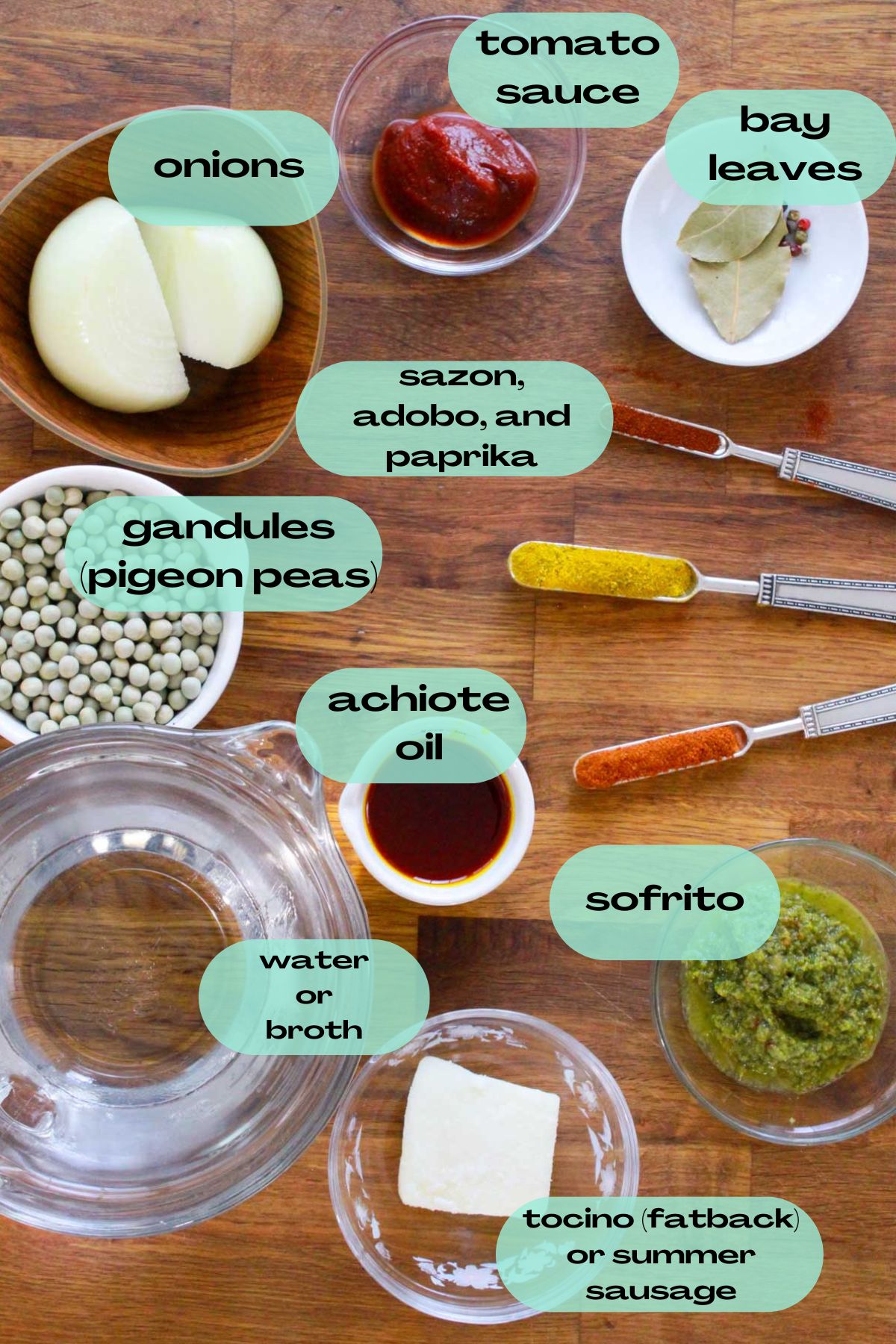
- Gandules: Gandules come in different varieties and colors, but the most popular is the green gandules. You may purchase them dry or canned. I prefer dry because I can control the pea's flavoring and cooking.
- Achiote Oil (Annatto Oil): This is my mother's little secret. A tablespoon of achiote oil or so goes a long way to impart both flavor and color to this yellow rice dish.
- Sofrito: Sofrito is an herb and aromatic vegetable blend in many Puerto Rican recipes. This ingredient adds depth of flavor to this dish. It is one recipe to learn, make, and always have in your pantry.
See my recipe card below for a complete list of the ingredients with measurements.
Quick Gandul (pigeon pea) Fun Fact
The gandul is a tiny greenish-brown pea with tremendous nutritional value. It is an excellent source of B vitamin complex and vitamin C, manganese, iron, and phosphorus. In addition, gandules are packed with potassium, protein, folate, and dietary fiber. These great vitamins and minerals help digestion, growth, bone density, anemia, energy, and immunity. All in a tiny pill-sized pea!
Variations and Substitutions
- Fatback: Growing up, we always used fatback as a source of fat and flavor, especially for rice. If you do not want to use fatback, substitute with summer sausage (salchichón), chorizo, or ham.
- Other beans: Ideally, the process is the same, so you may use red beans, pinto beans, black beans, navy beans, or garbanzo beans.
- Brown Rice: Use brown rice to keep this recipe a healthy update.
- Banana Leaves: Banana leaves give this rice a flavor infusion. We use Banana leaves to cook many Puerto Rican recipes, providing the food with an indescribable flavor.
How to make Puerto Rican Arroz con Gandules
Here are the step-by-step instructions to make Puerto Rican Arroz con Gandules.
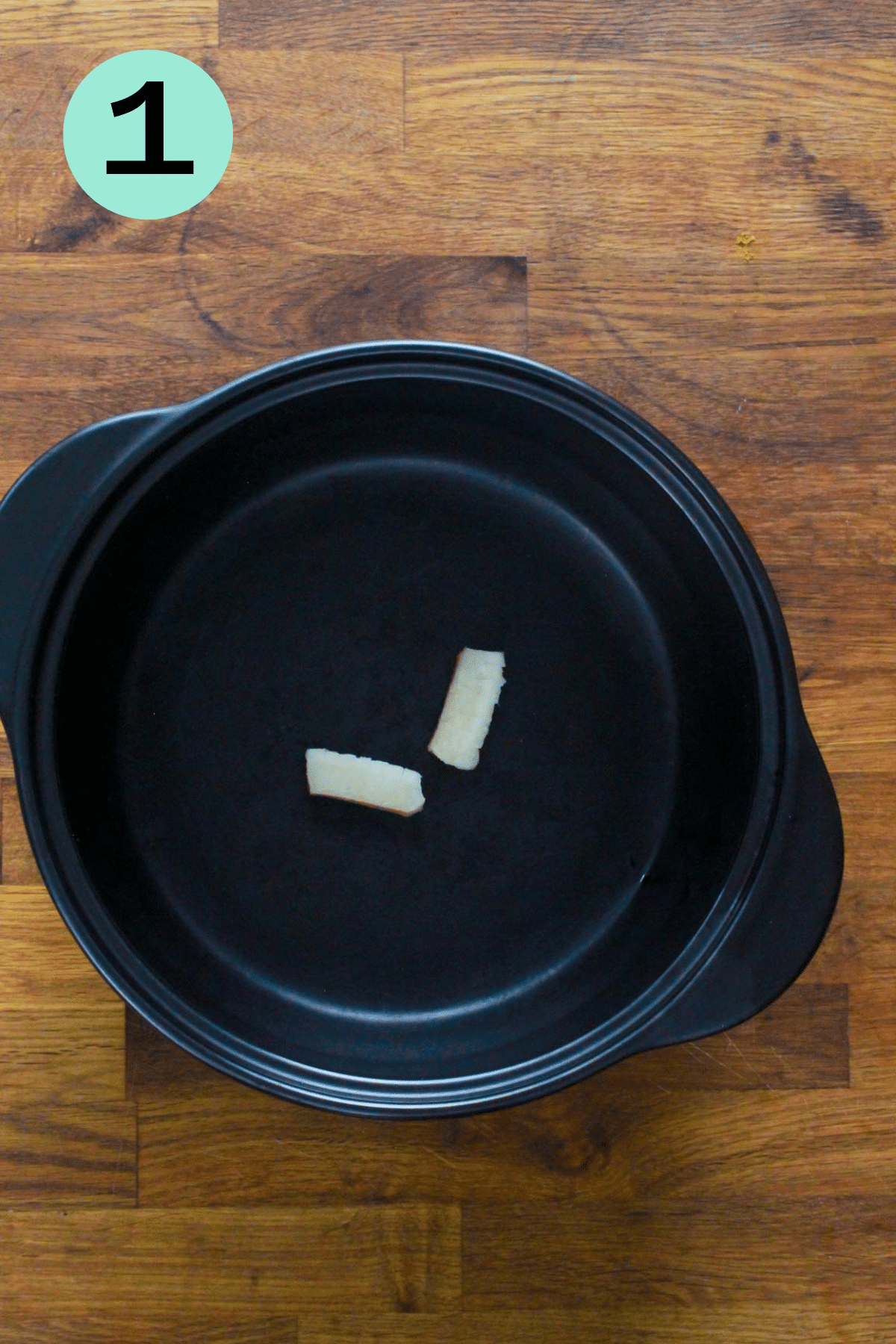
- Heat your pot. Add fat back and allow it to render its fat.
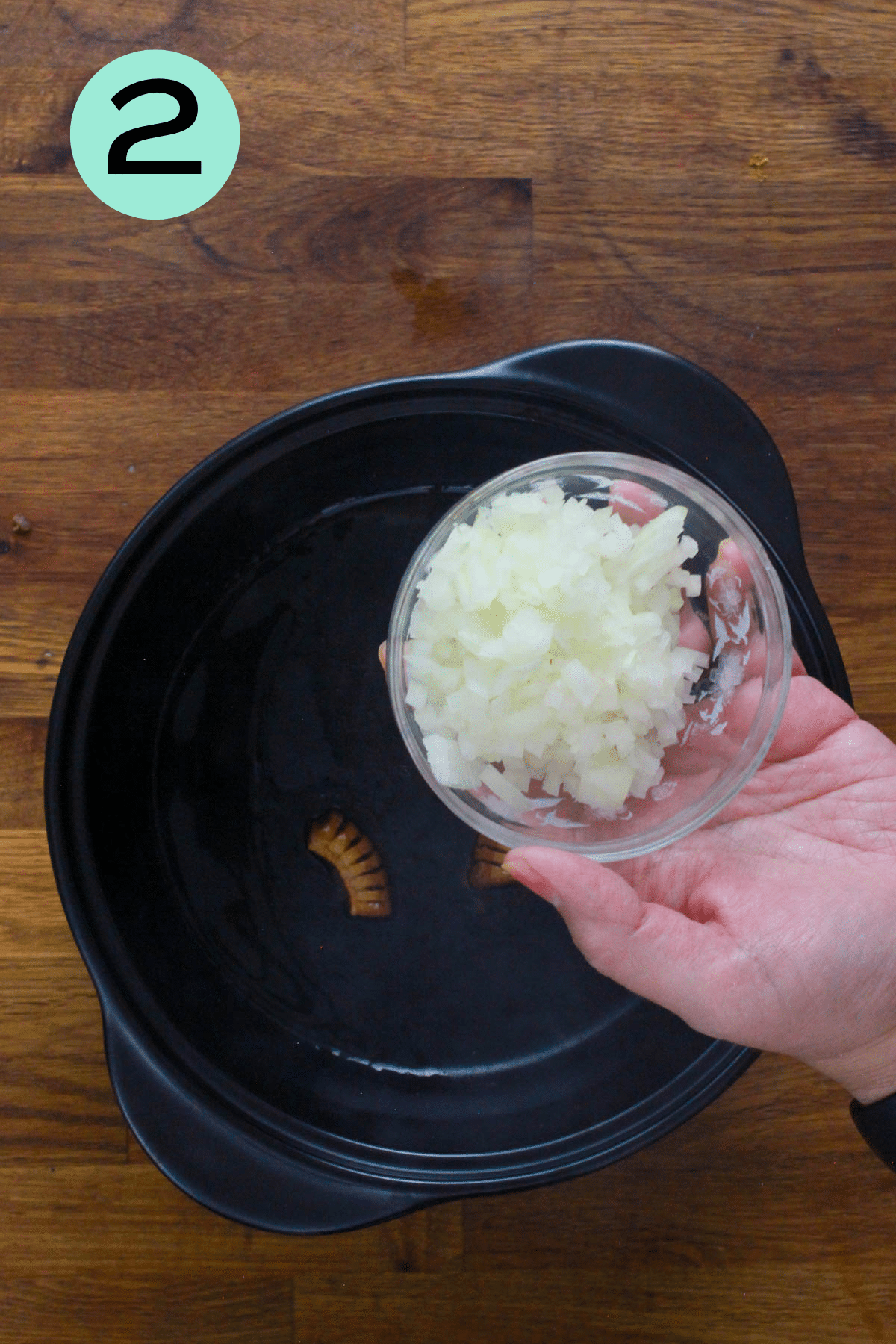
- Once the fat is rendered, the option to add extra olive oil if needed. Warm oil through then add onions to soften. Add garlic, if using, to soften after the onions are soft and tender.
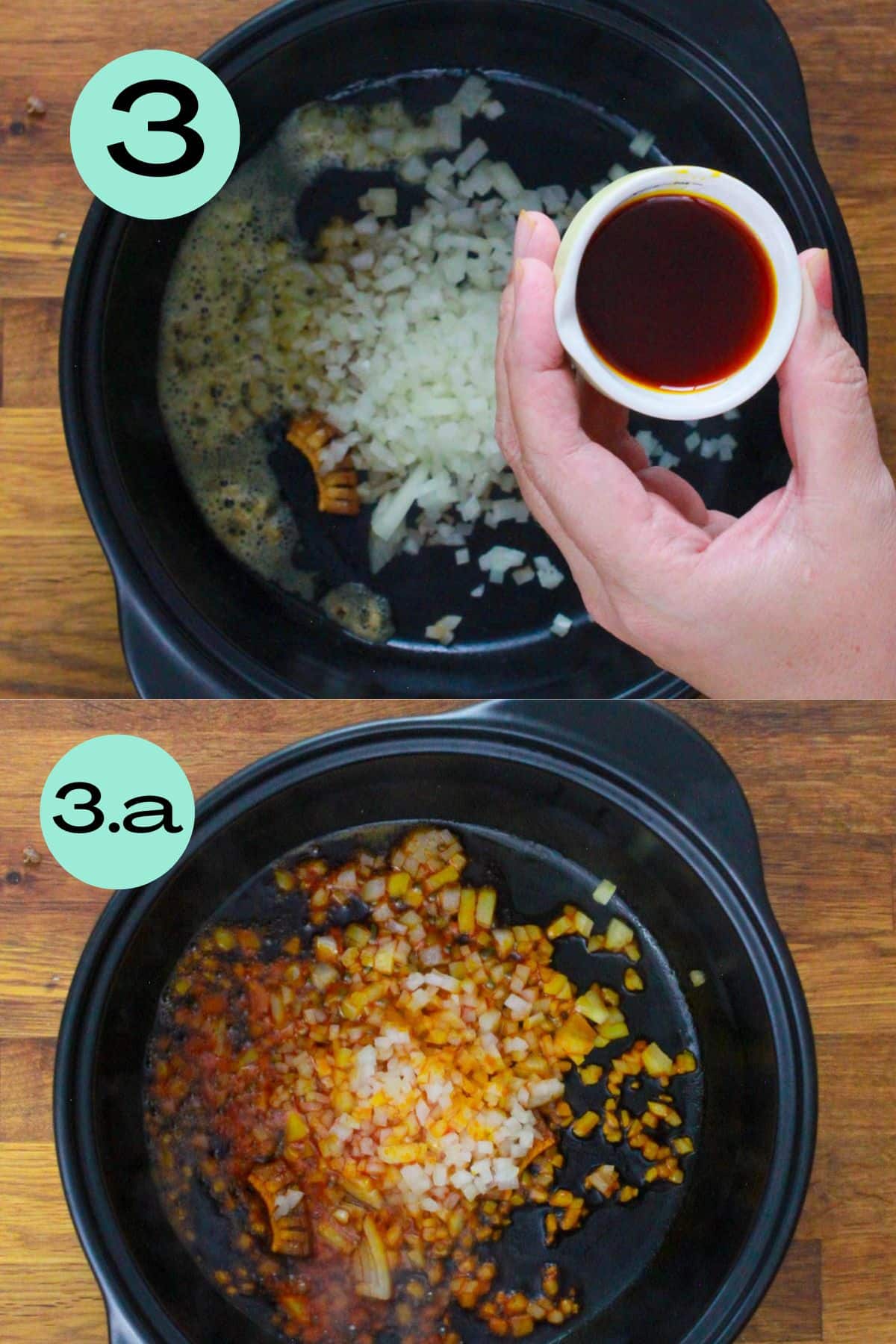
- Add about a tablespoon of achiote (Annatto) oil for coloring.
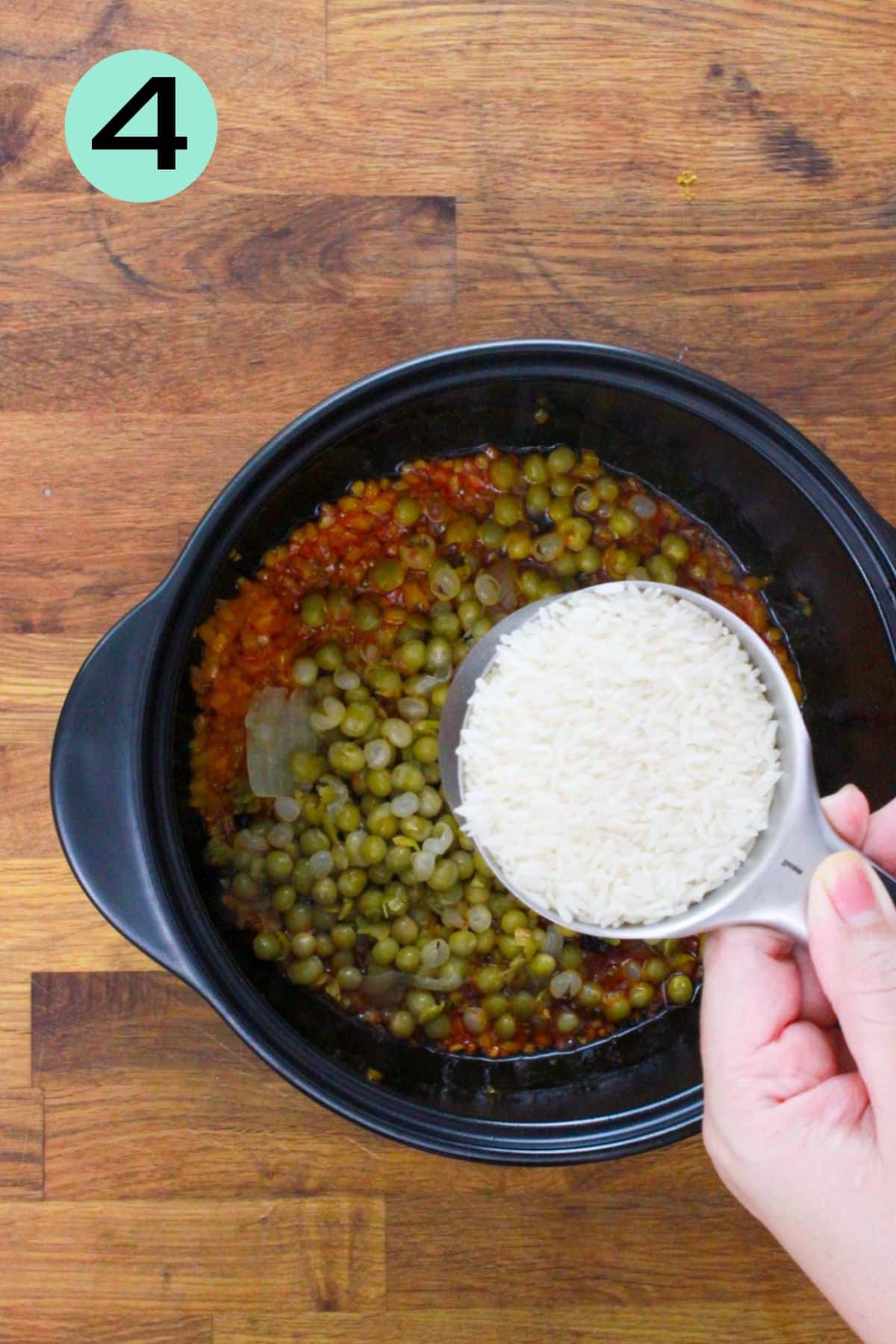
- Add sofrito and quickly incorporate. Then, add gandules, whether rehydrated or drained from a can. Sauté lightly to integrate flavors, then add rice. Sauté rice until all grains are coated with oil.
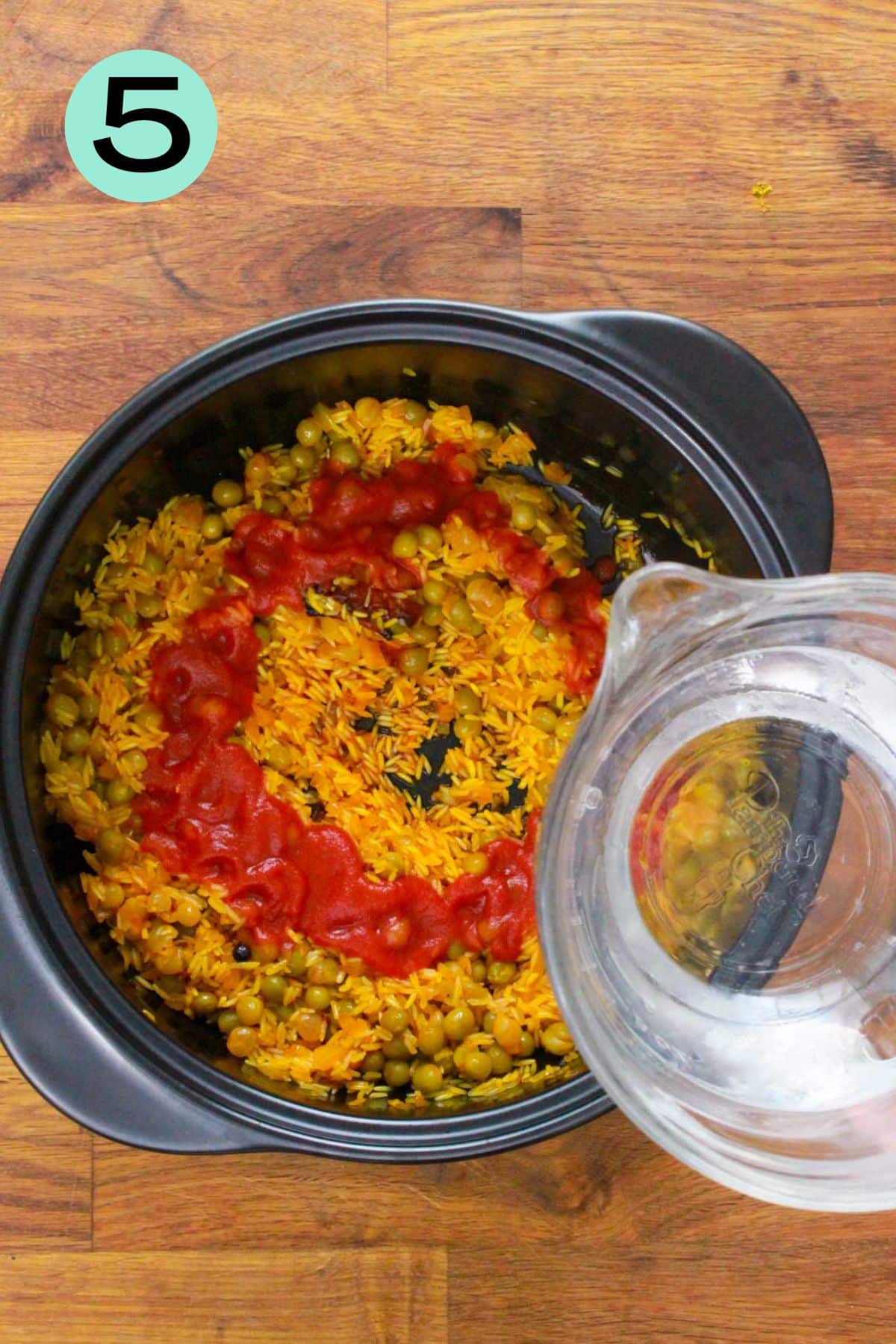
- Once rice grains are coated, add tomato sauce and liquid. Liquids could be water or your favorite flavored broth.
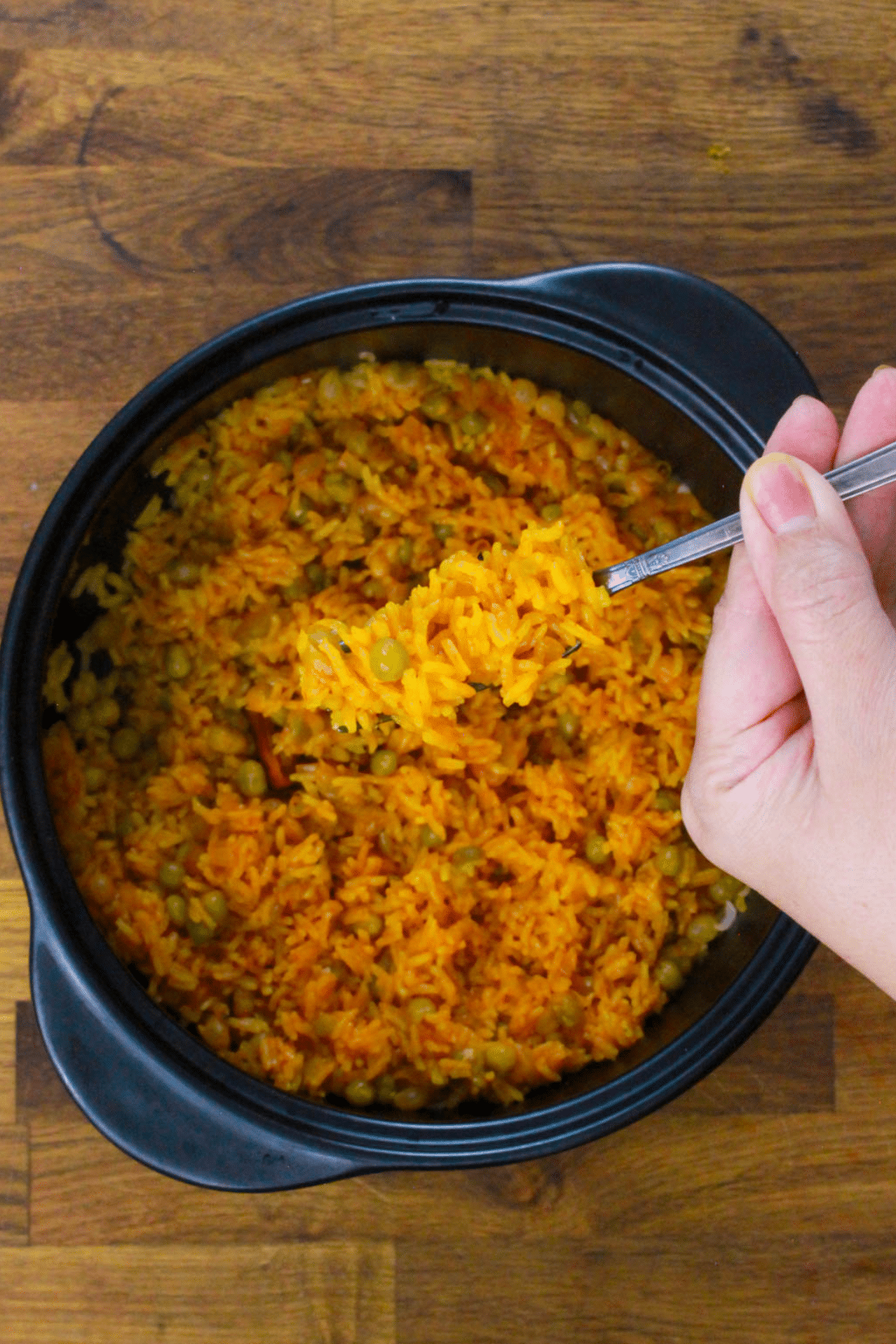
After 15 to 20 minutes, turn the heat completely off. Allow to rest for about 5 minutes. Uncover and fluff with a fork.
Expert Tips
- Rinse the Rice: there is much debate about whether to use rice or not the rice. Rinsing the rice removes the excess starches covering the grains or rice. I grew up rinsing the rice, but I have also cooked my rice without rinsing. I have found that rinsing the rice provides a grander final product.
- Broth with water: Adding a little water to your broth would help to keep the rice from getting too sticky.
- Crisping the rice: Crisping the rice before we add the water helps to make the rice grainier and loose.
- Cooking Rice: Rice cooks for about 20 minutes in total. There is some simple math involved, though. For example, if cooking uncovered took 5 minutes, the rice would cook covered for 15 minutes. So adjust your covered time depending on how long it takes to cook uncovered.
- Don't mush the rice: Check rice for doneness by fluffing rice with a fork. I have used a spoon before, but the big cooking spoon squashes the rice. The tines of the fork are far more delicate and allow you to lift the rice without smashing it.
- Rice troubleshooting: If, by any chance, the rice is not entirely done, let it rest covered for a few minutes. If the rice is still undercooked, add about one-quarter cup of water, cover and set the burner to the lowest setting, and cook for another five to ten minutes.
Recipe FAQs
You have a few options. You may freeze the rice by itself. I place them in freezer-friendly zip-lock bags. I then flatten the bags for both freezer space and faster cooling. The option is to make a complete dish with meat on the side in freezer-friendly containers. This way, you have a complete meal when you reheat the container. Frozen rice would last in the freezer for 3 to 6 months.
Everything. My favorite rice and pigeon peas partner is roast pork or Pernil, but this dish goes great with pork chops, chicken thighs, pinchos (kabobs), and lamb.
Traditionally, medium grain rice. I like Jasmine rice, and that is what I use. I have not found any significant issues with using Jasmine. Ultimately, use the rice you are accustomed to cooking. Each rice has its times and quirks, so use the available rice.
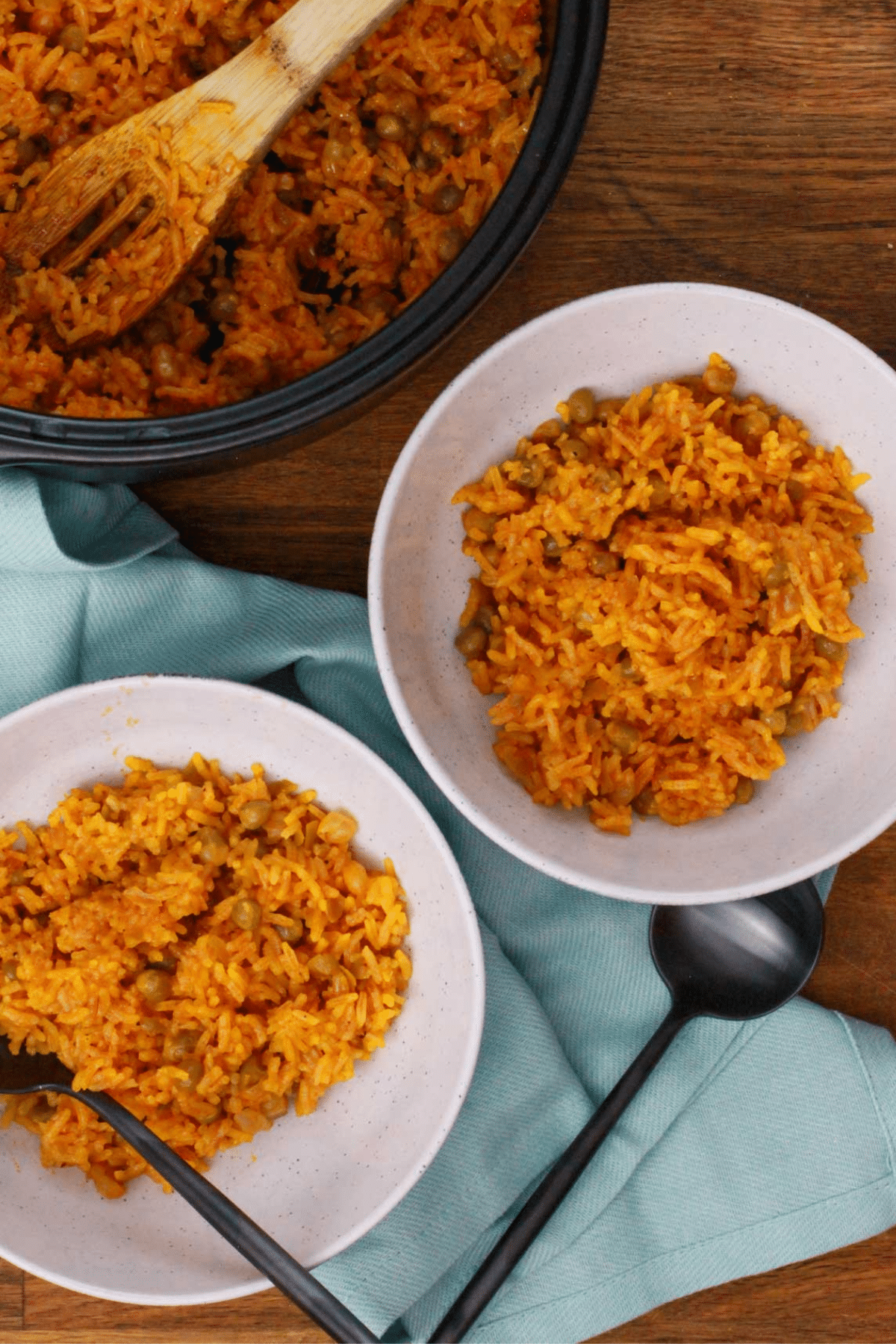
More Puerto Rican Christmas Recipes
I want to know what you think! Did you make this recipe? Please leave a review and a rating below. You can also find me on Instagram! Please sign up for my email list to receive my newest and latest recipes.
📖 Recipe

Puerto Rican Arroz con Gandules (Rice with Pigeon Peas)
Ingredients
- 1 oz Fatback or summer sausage
- 1 Onion Small, or half of a medium or large onion. Peeled and diced.
- 1 clove Garlic minced
- 2 tablespoon Achiote OIl
- 1 can Pigeon Peas or two cups of rehydrated peas
- 2 tablespoon Sofrito
- 2¼ cups Water or broth
- 2 cups Rice
- 1 tablespoon Loisa Sazon
- 1 tablespoon Loisa Adobo
- 1 teaspoon Paprika
- 2 Bay Leaves
Instructions
- Heat your pot. Add fat back and allow it to render its fat.1 oz Fatback
- Once the fat is rendered, the option to add extra olive oil if needed. Warm oil through, then add onions to soften. Add garlic, if using, to soften after the onions are soft and tender.1 Onion, 1 clove Garlic
- Add about a tablespoon of achiote (Annatto) oil for coloring.2 tablespoon Achiote OIl
- Add sofrito and quickly incorporate. Then, add gandules, whether rehydrated or drained from a can. Sauté lightly to integrate flavors, then add rice. Sauté rice until all grains are coated with oil.2 tablespoon Sofrito, 1 can Pigeon Peas
- Once rice grains are coated, add tomato sauce and liquid. Liquids could be water or your favorite flavored broth.2 cups Rice, 2¼ cups Water
- Add Sazon, Adobo, paprika, and bay leaves—mix pot. Bring liquid to a heavy simmer for about 10 minutes, uncovered. Option to cover with plantain leaves for added flavor. Cover, bring the heat to a minimum, and cook for 15 to 20 minutes.1 tablespoon Loisa Sazon, 1 tablespoon Loisa Adobo, 1 teaspoon Paprika, 2 Bay Leaves
- After 15 to 20 minutes, turn the heat completely off. Allow to rest for about 5 minutes. Uncover and fluff with a fork.
Notes
- Rinse the Rice: there is much debate about whether to use rice or not the rice. Rinsing the rice removes the excess starches covering the grains or rice. I grew up rinsing the rice, but I have also cooked my rice without rinsing. I have found that rinsing the rice provides a grander final product.
- Crisping the rice: Crisping the rice before we add the water helps to make the rice grainier and loose.
- Broth with water: Adding a little water to your broth would help to keep the rice from getting too sticky.
- Cooking Rice: Rice cooks for about 20 minutes in total. There is some simple math involved, though. For example, if cooking uncovered took 5 minutes, the rice would cook covered for 15 minutes. So adjust your covered time depending on how long it takes to cook uncovered.
- Don't mush the rice: Check rice for doneness by fluffing rice with a fork. I have used a spoon before, but the big cooking spoon squashes the rice. The tines of the fork are far more delicate and allow you to lift the rice without smashing it.
- Rice troubleshooting: If, by any chance, the rice is not entirely done, let it rest covered for a few minutes. If the rice is still undercooked, add about one-quarter cup of water, cover and set the burner to the lowest setting, and cook for another five to ten minutes.

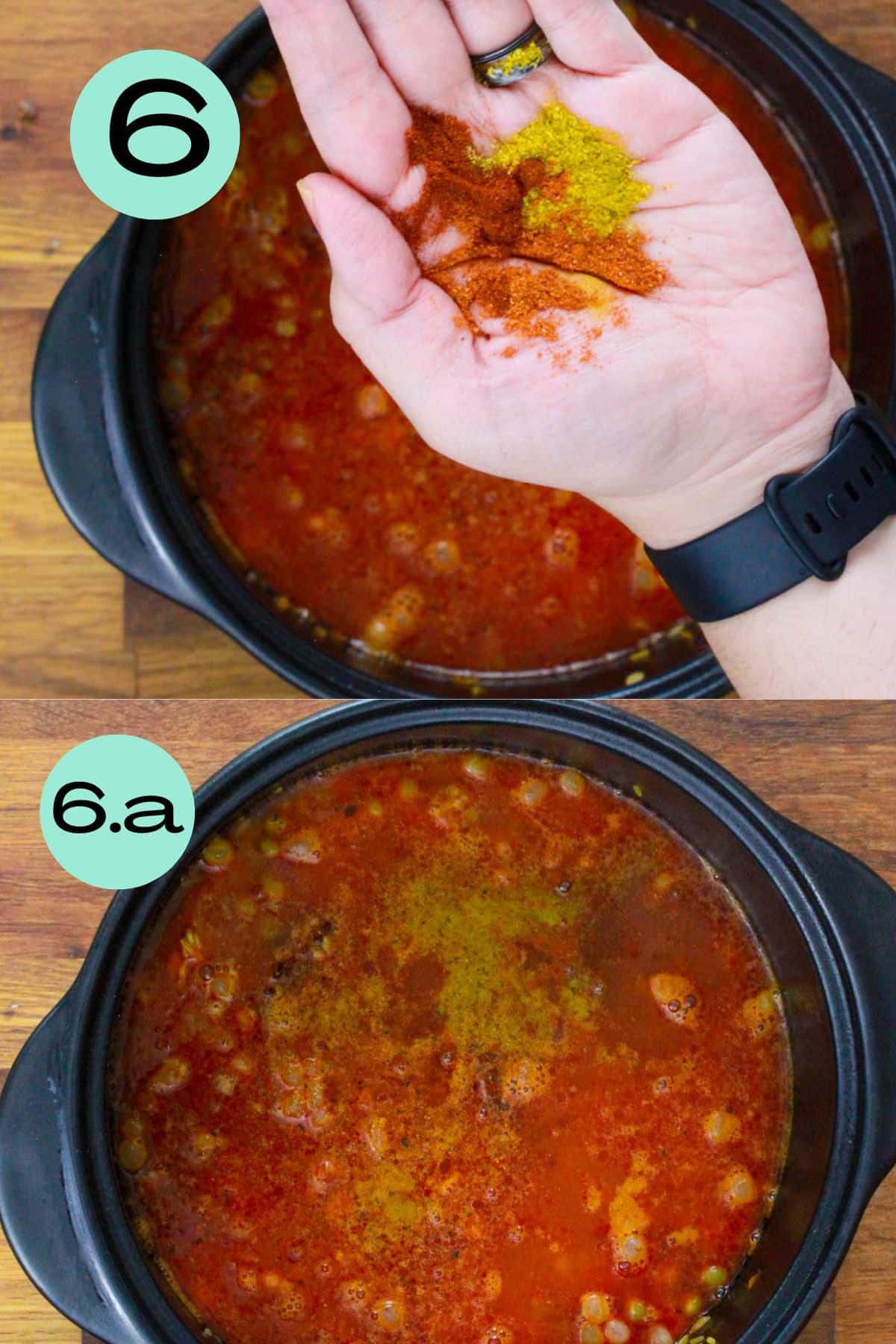
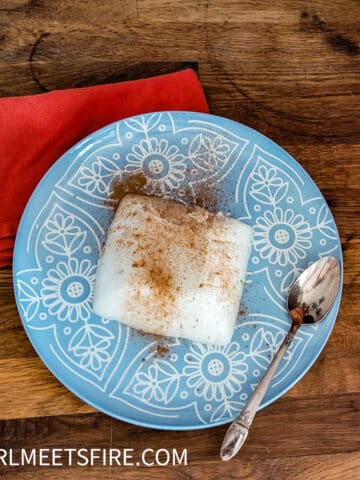
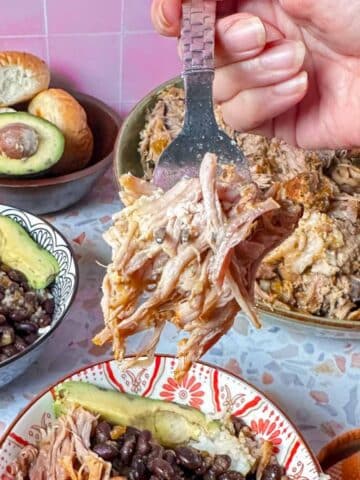
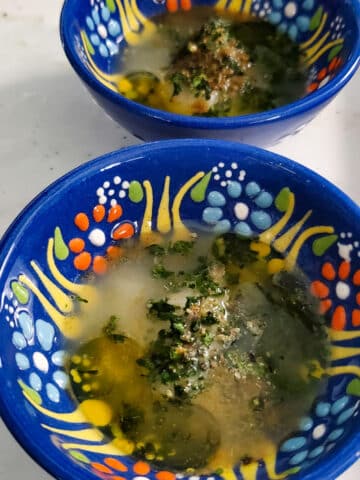

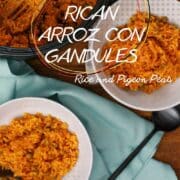
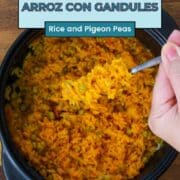
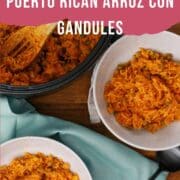
Comments
No Comments